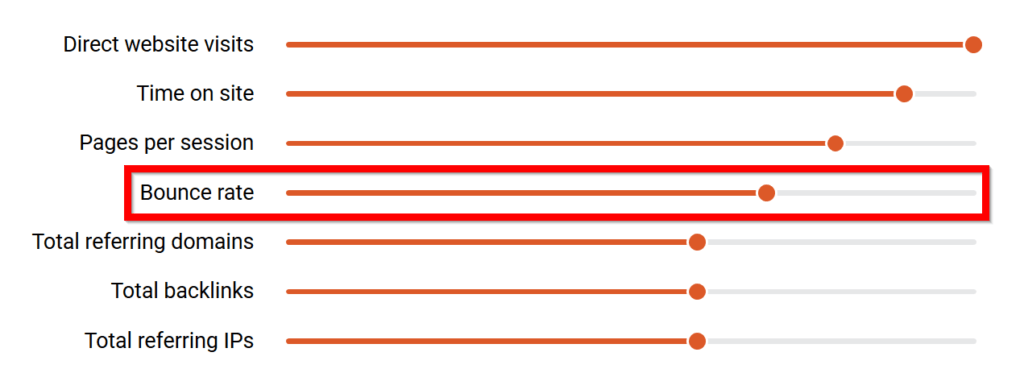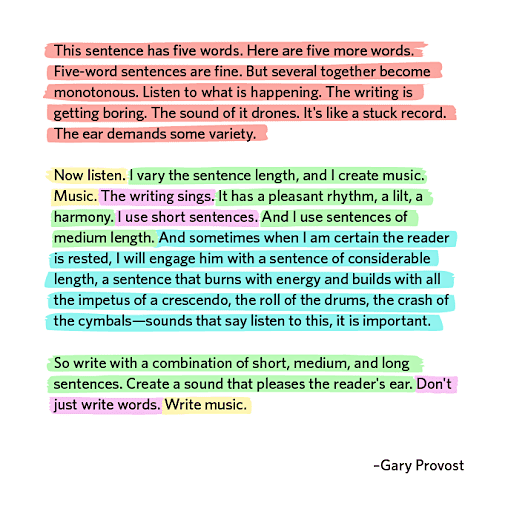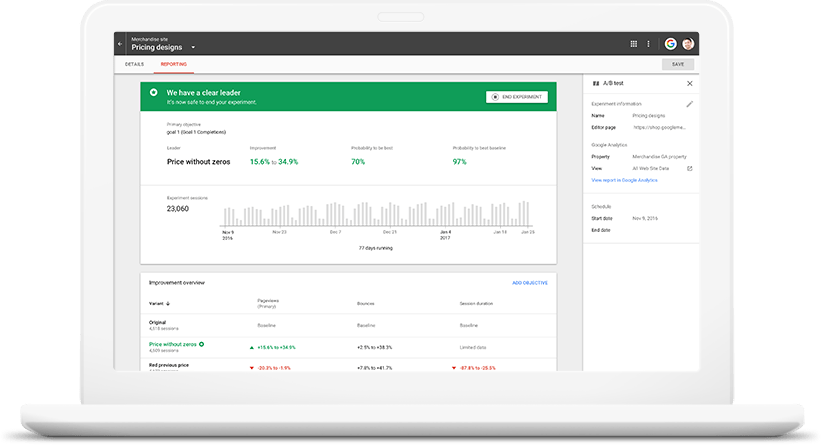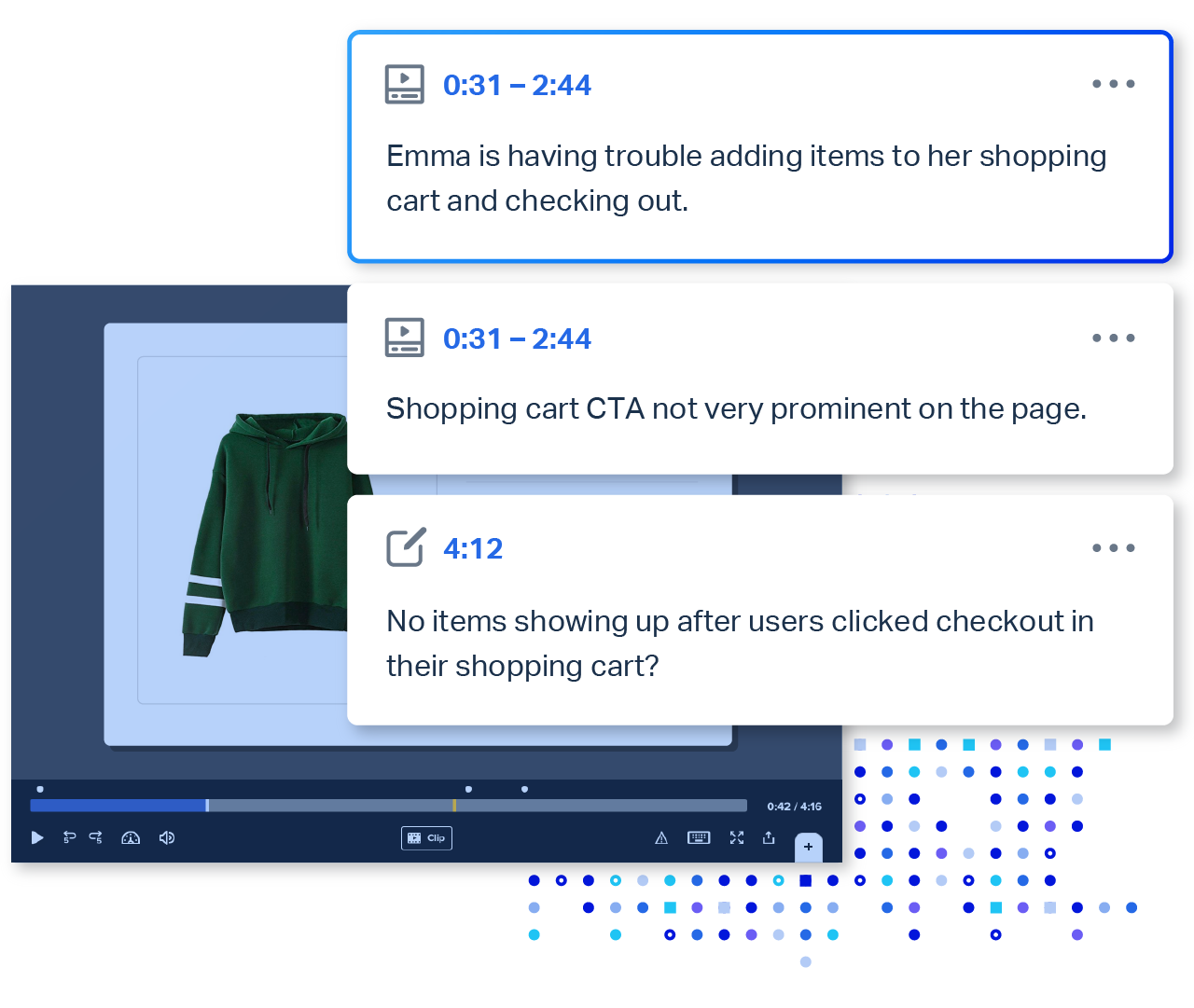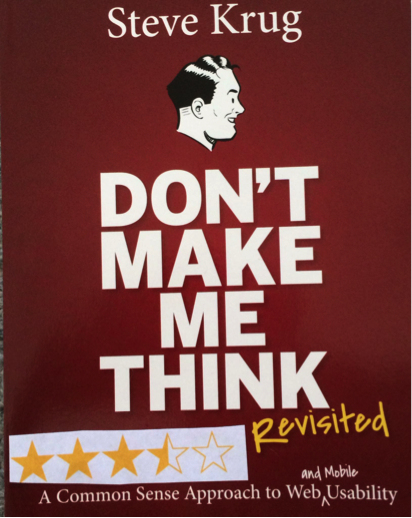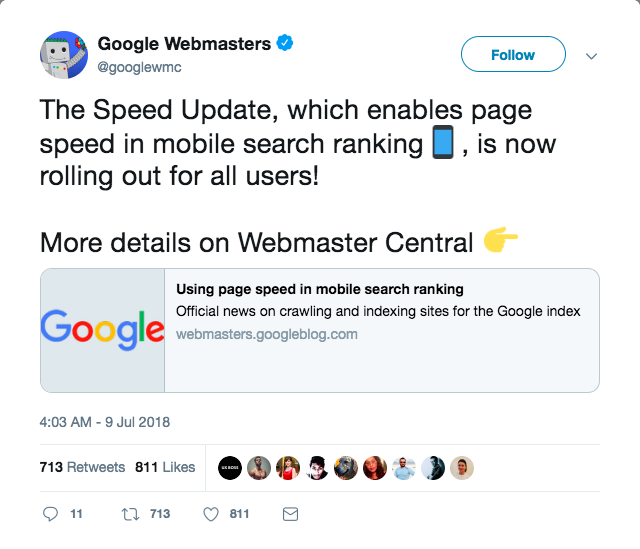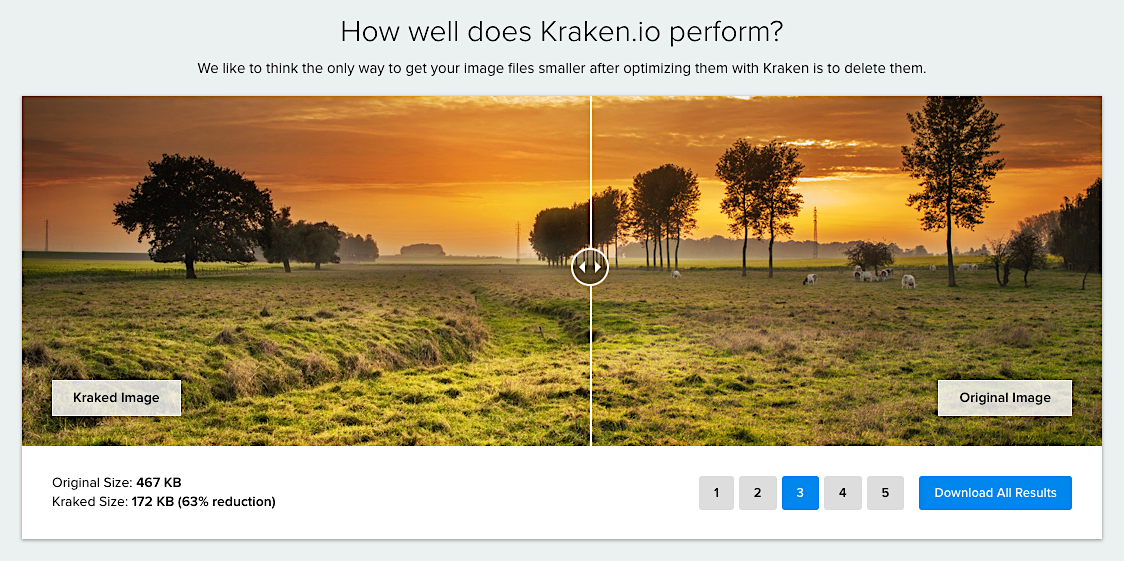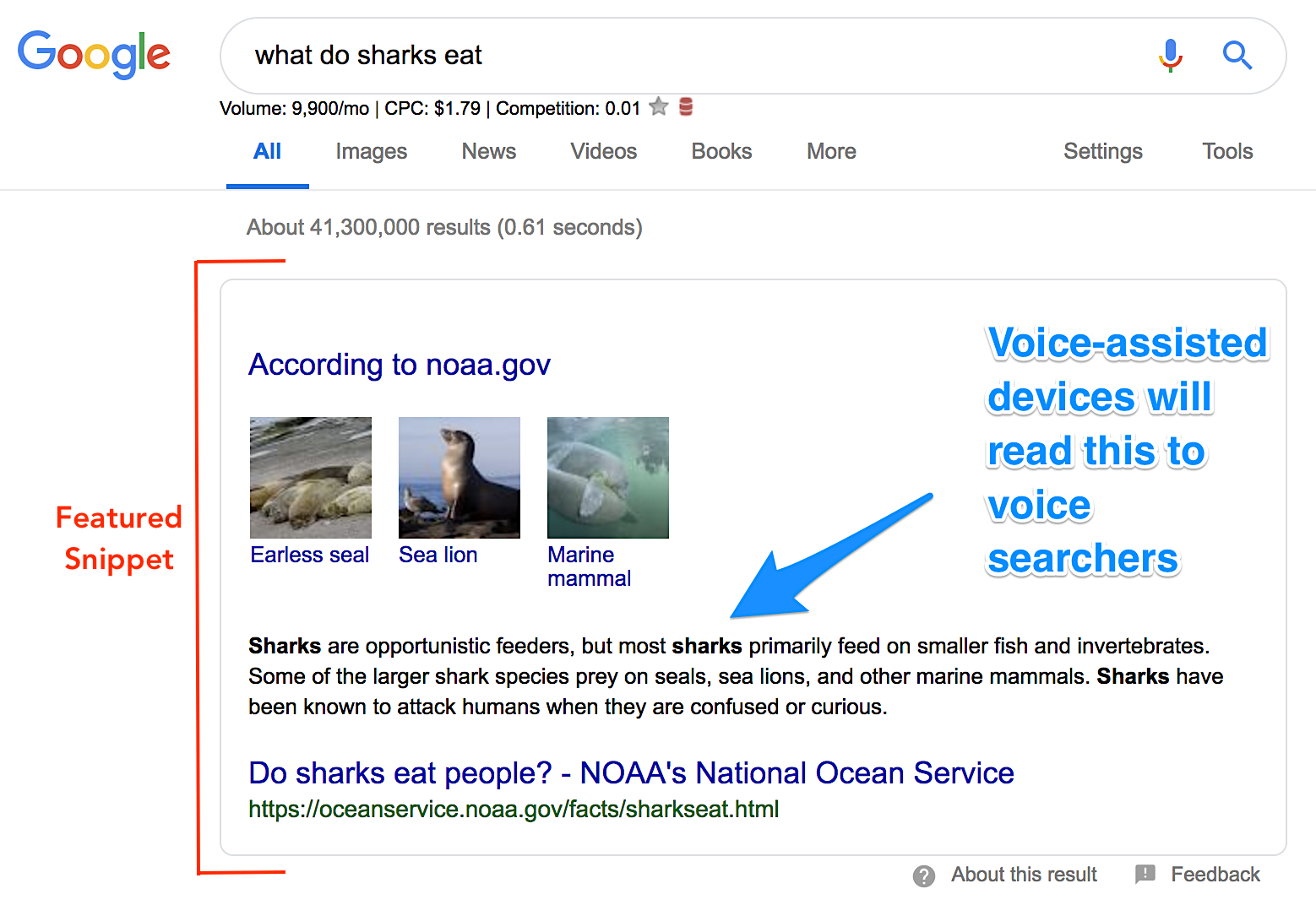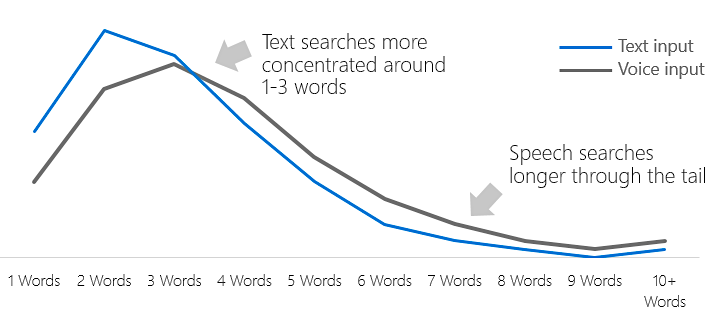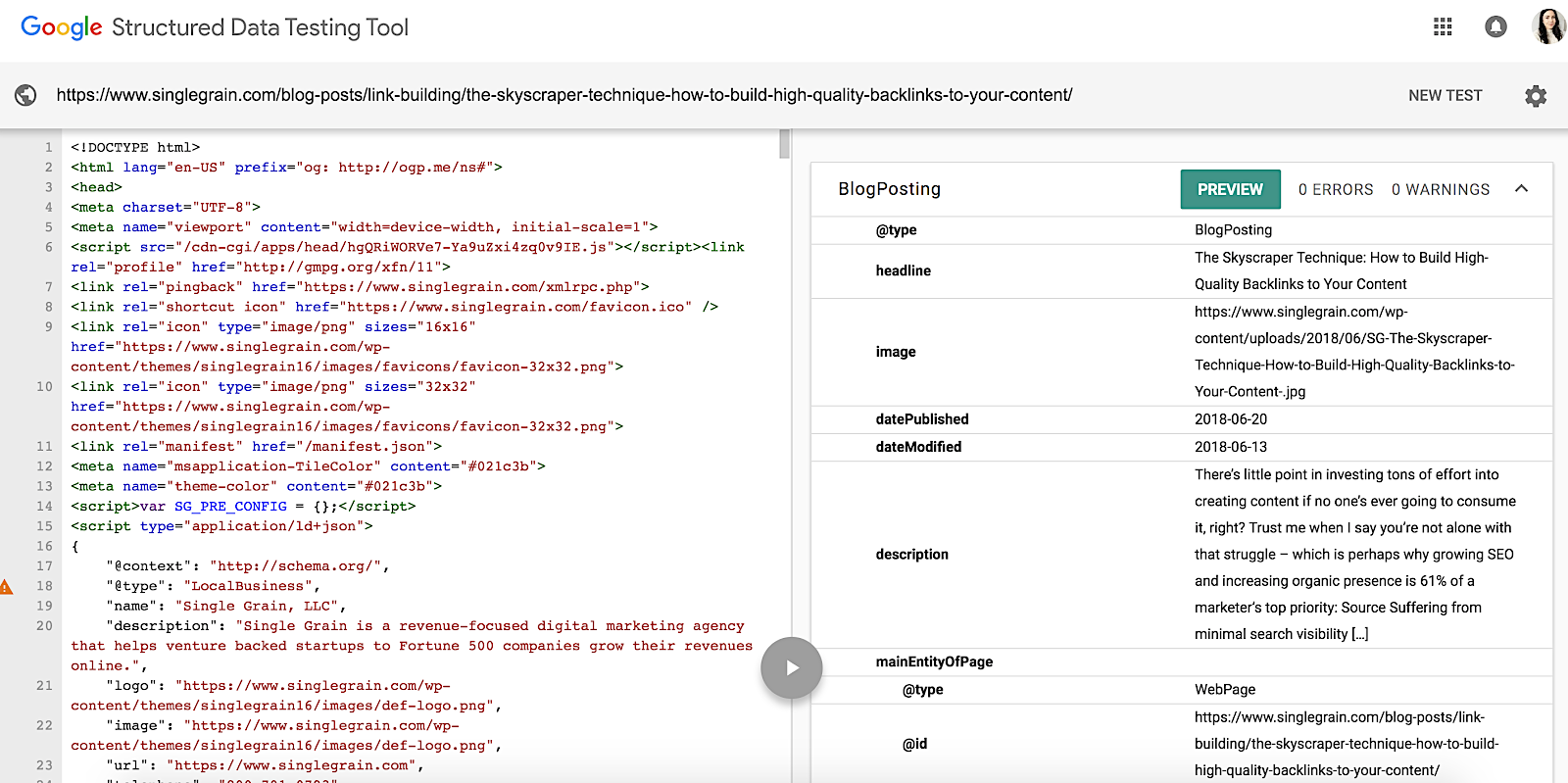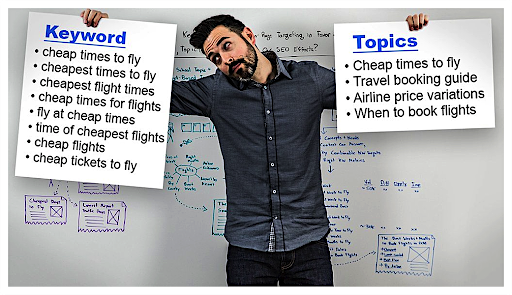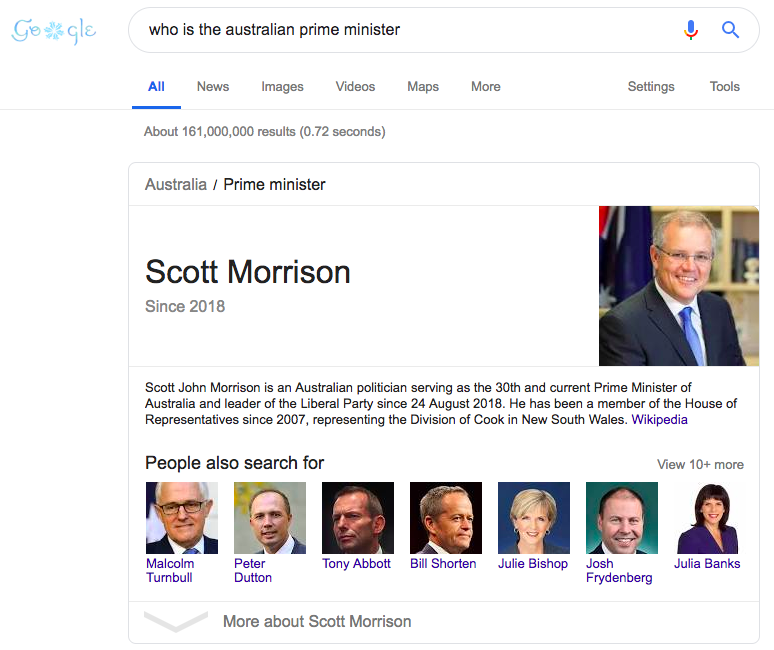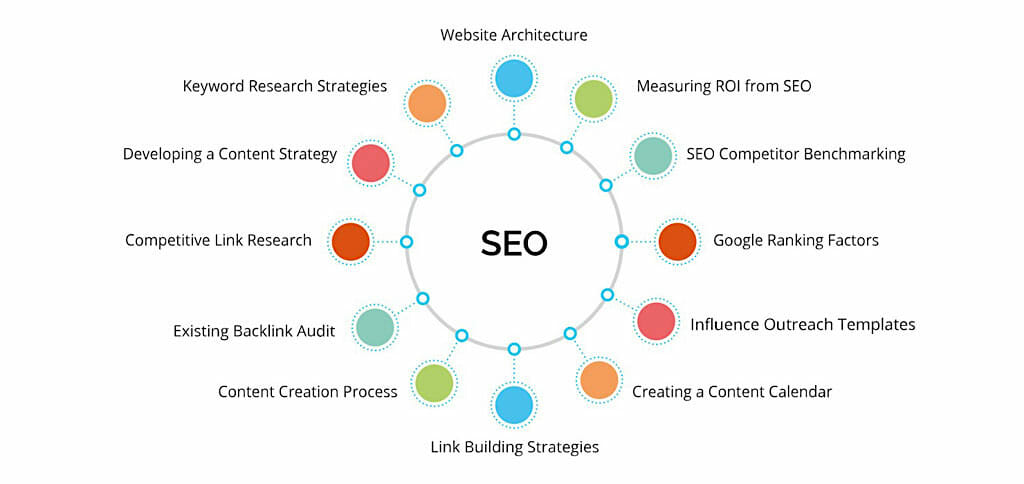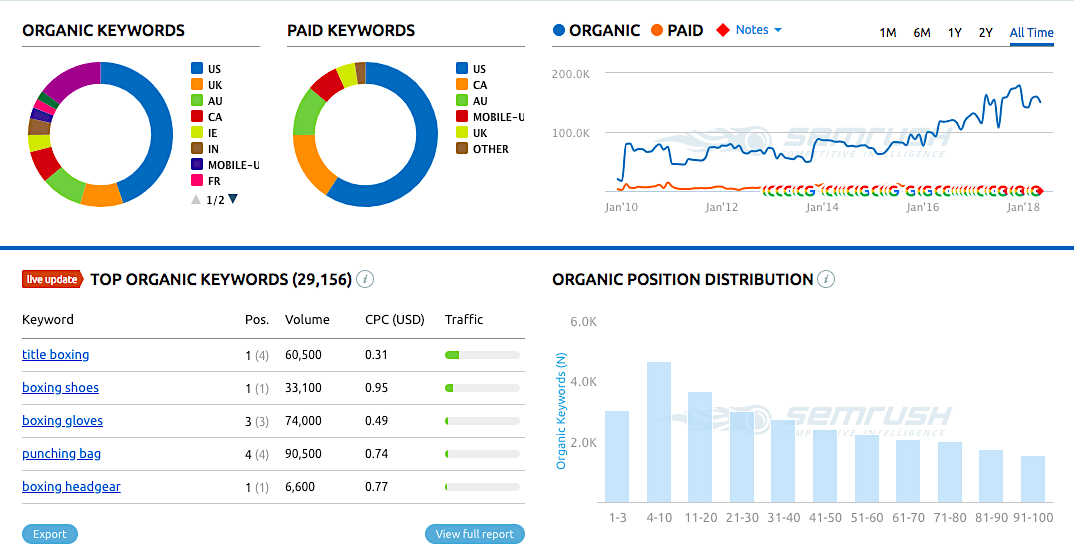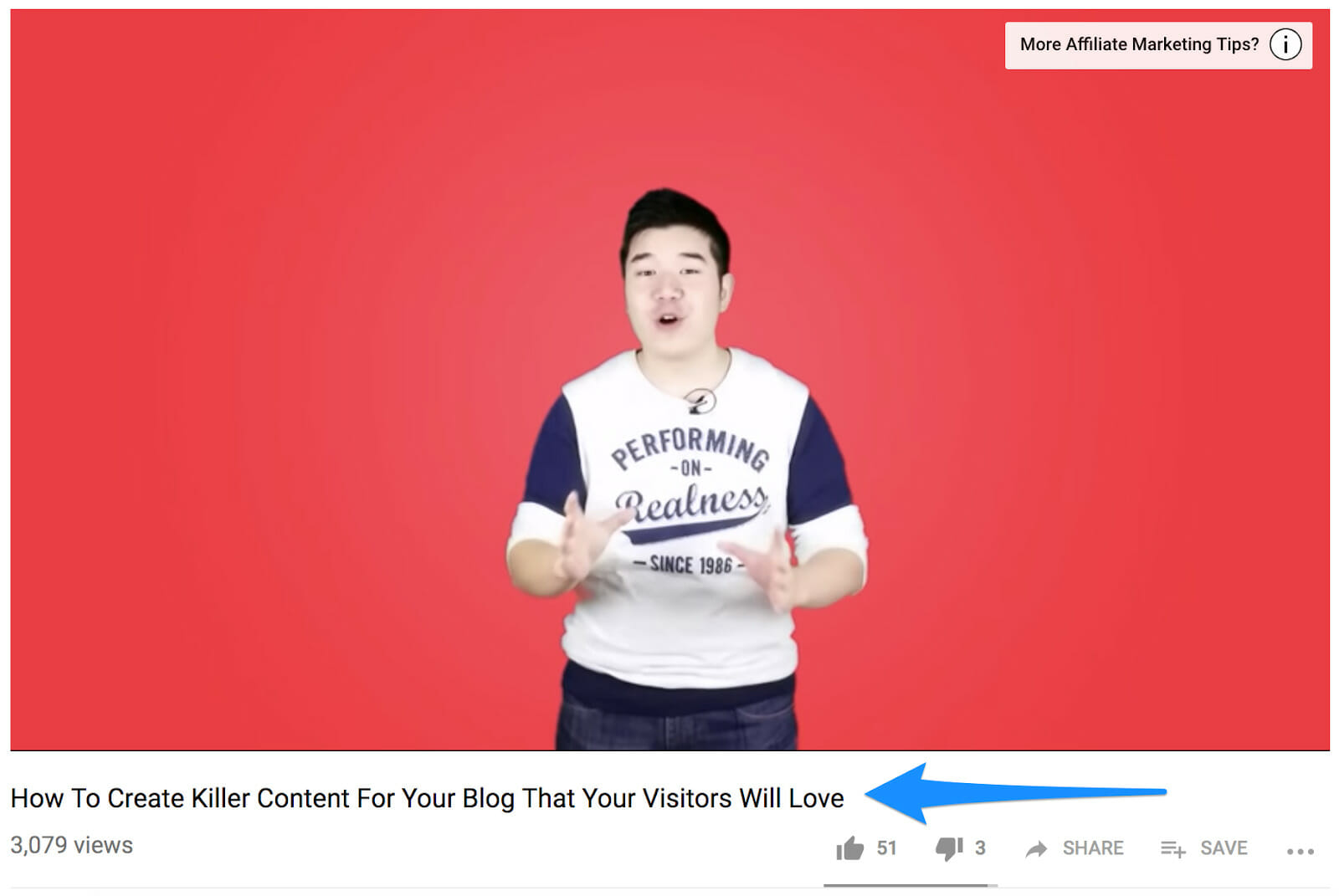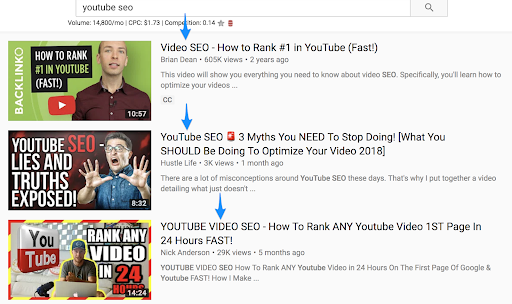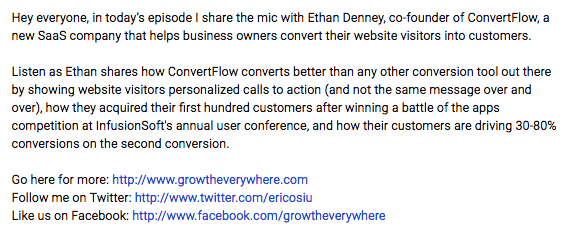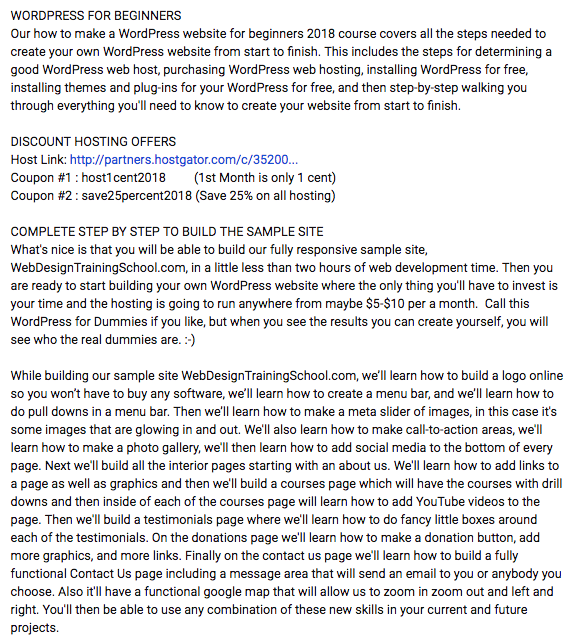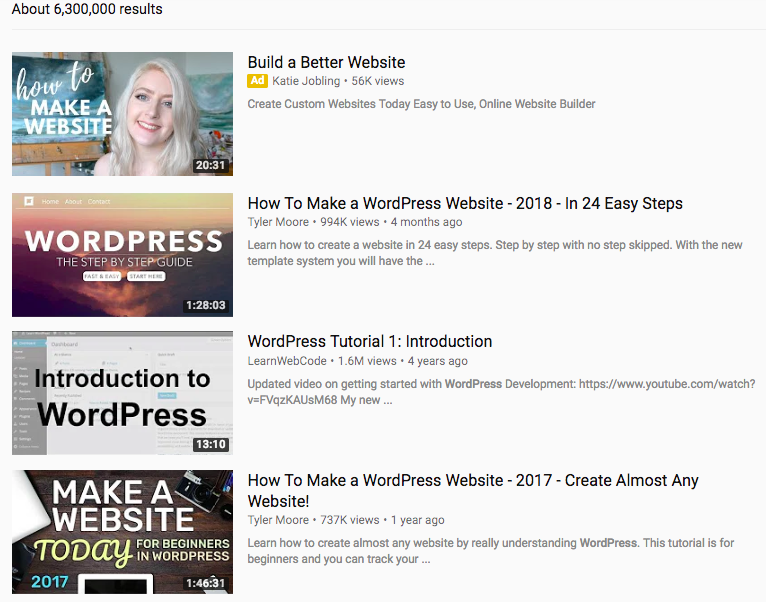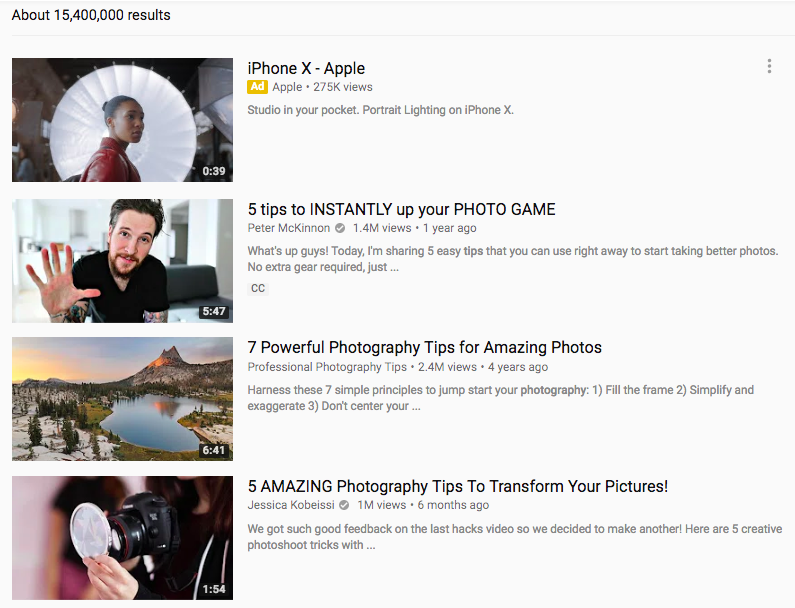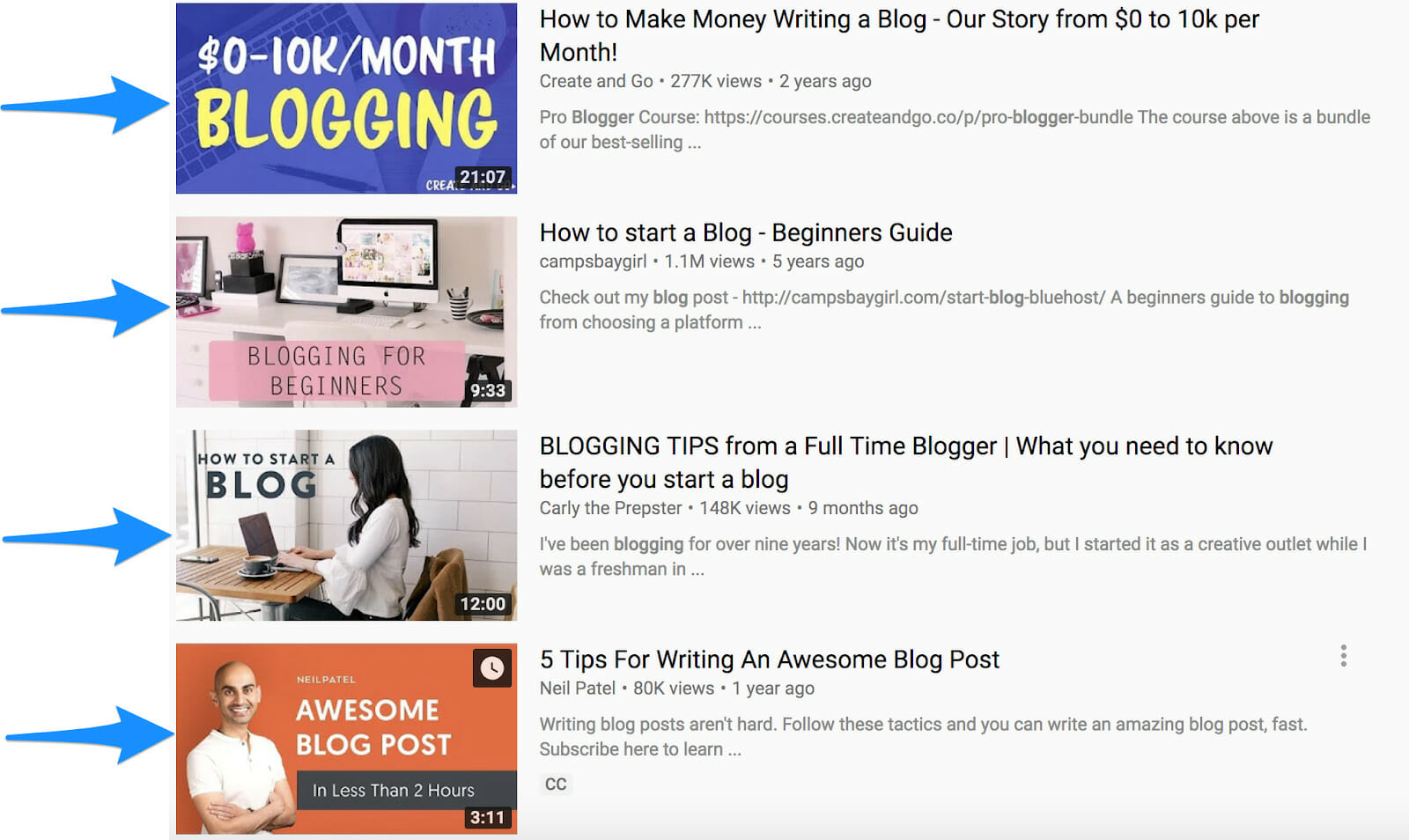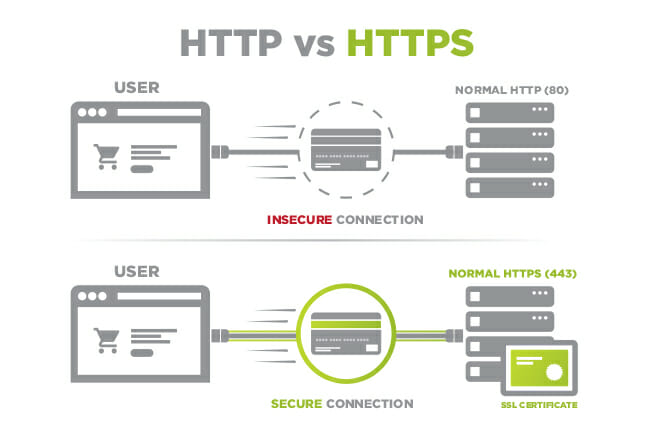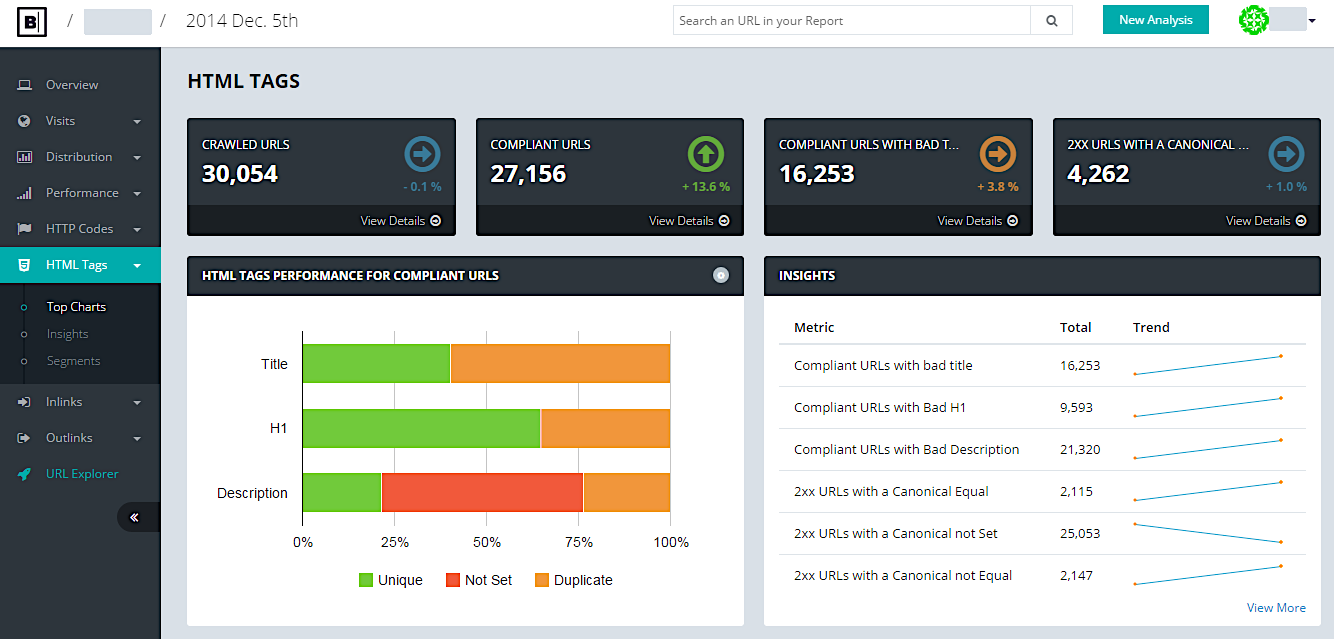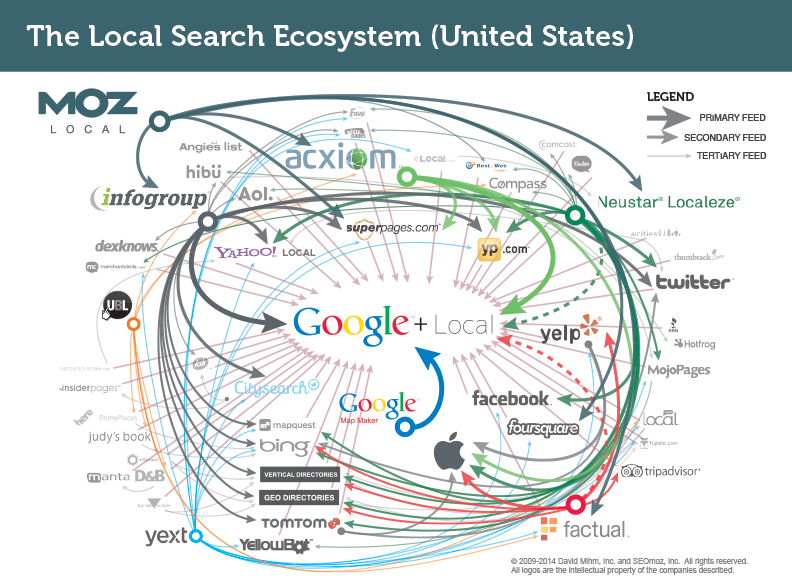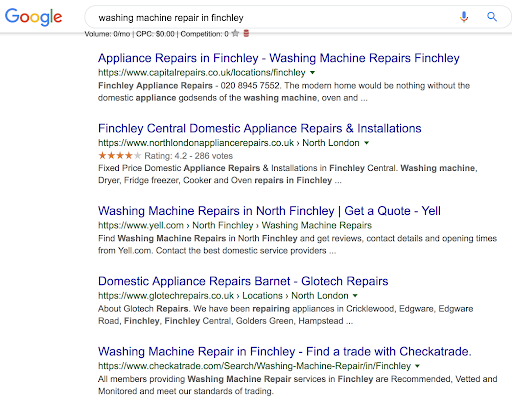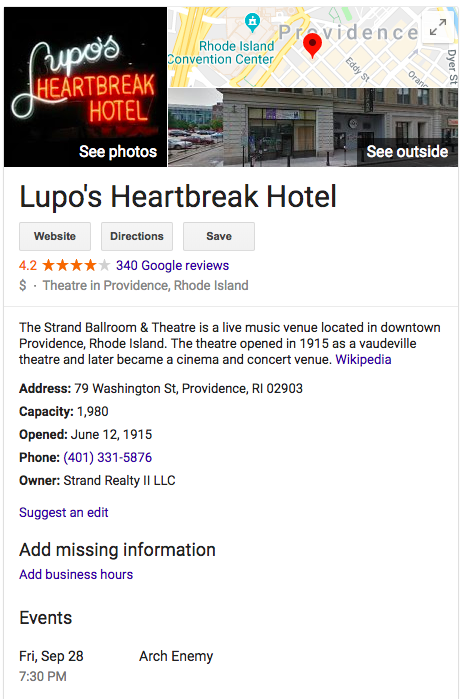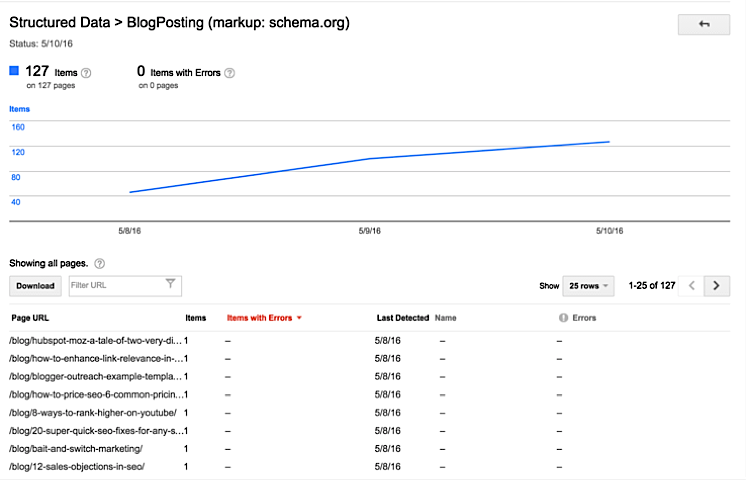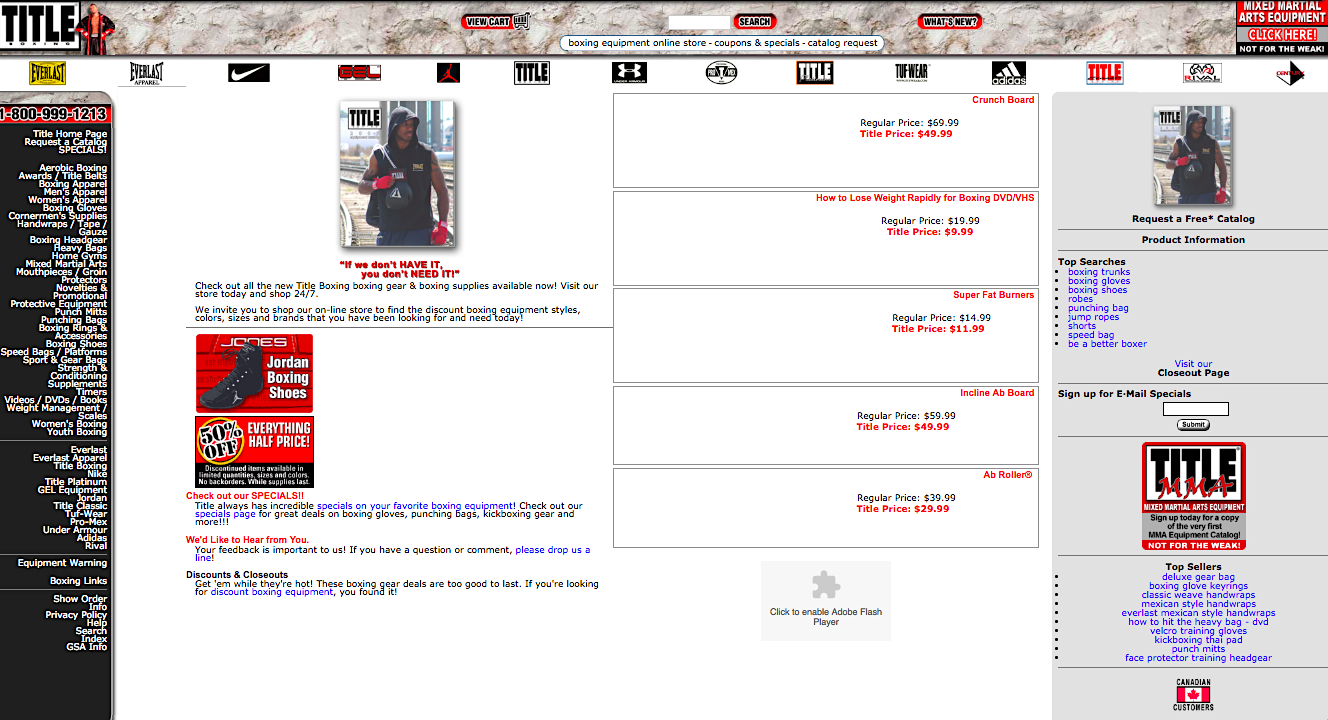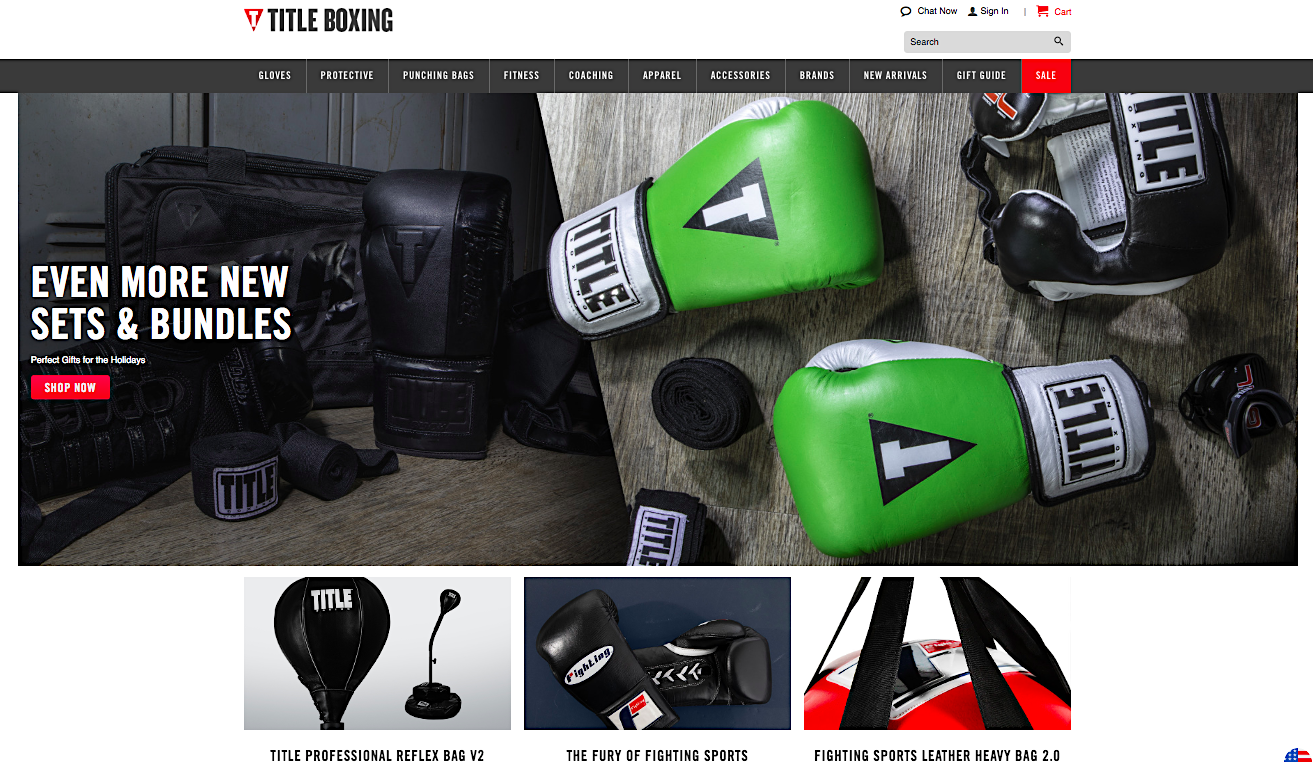Not only that, but there are a number of new platforms to promote your hotel on. And you cannot afford to be missing these opportunities when utilizing digital marketing for hotels.
Modern Traveler

The new age traveler is concerned with authenticity and crafted experiences. And they are listening to others on where to find it.
As a hotel or brand owner, you have probably noticed quite a few trends cropping up among the newer generations. Businesses are having to change the game on how they drive traffic because digital marketing has become the leading driver of revenue.
Travelers are seeking where to find the next destination from none other than fellow travelers. They would also rather rely on trusted peer reviews and popularity across digital platforms as an indicator of quality.
How can you blame them?
You need to know your audience to know what they want and to know how to leave the best impression possible. In an increasingly growing market, you are going to have to do more to sell yourself and also to set yourself ahead of the pack.
The best you can do is to stay current with best practices for digital marketing for hotels and to develop a sophisticated online strategy.
Google Ads
Google has integrated a hotel feature into their standard Google Ads lineup. When people search for hotels, alongside traditional ads that reach the top of the SERP, Google promotes hotels in a specific ‘search unit’ that is displayed above traditional results.

The search unit is especially noticeable when searching on mobile as it becomes the entirety of the first page. It shows your standard business details, reviews, and thumbnail. It also shoes your standard rates.
The core of Google Ads comes down to a cost-per-click (CPC) system, where bidding on specific keywords targets specific searches and demographics of people. From there, you specify how much you are willing to pay per click/conversion. This can be set to a percentage of a hotel’s room rate, so you never pay more than you want for an ad.
There are a plethora of strategies and metrics to be aware of when running Google Ads campaigns. Google Ads should be high priority when implementing digital marketing for hotels, and you should be fully aware of how it works.
If you would like to integrate Google Ads into your digital marketing strategy or would like to know more about how it can benefit your hotel, contact us.
We specialize in pay-per-click (PPC) services to help businesses generate high-quality traffic and increase conversions.
Beyond the modern ads systems, there are other strategies to be aware of when using digital marketing for hotels. Let’s continue with how SEO and a winning website will also drive organic traffic.
The Search Engine and Your Website

Nearly half of modern travelers will use a search engine as the first step towards booking a trip, and up to 63% will turn towards a search engine during the process. This takes into account all audiences. And those figures will only continue to grow in the future.
For the younger audience, search engines have taken over as the forefront of research and are often the stepping stone from which they will make their booking decision. Bolstering a search engine optimized website has been a leading driver of organic traffic and discovery for most industries.
Search Engine Optimization (SEO) comes down to incorporating good web development practices to get your website to rank higher on a Search Engine Results Page (SERP). In essence, it is an unpaid strategy to have the longest lasting and most relevant results.
How often do you go to the next page on Google when you search something? Not many people do. And it is guaranteed that the handful of websites that appear on the first page are practicing good SEO.
Here are just a few of those best practices:
- Add visuals and media to your website to engage your audience & improve bounce rates
- Make sure your relevant images have descriptive names and alt-text when you upload them, so search engines can read them
- Add links and functional navigation to other pages within your website
- Connect all of your social media pages to your website to add to your external link collection
- Make sure your website is responsive and mobile friendly (we will discuss why this is important for a variety of reasons)
- Stuffing keywords into your website is an old black-hat trick; practice good readability with crisp text while exercising important keywords
Not only that, but 43% of travelers use a smartphone when looking for accommodations. You can also bet that at some point during their trip they will try to look up information using their phone. So be sure to optimize the experience.
SEO is a boundless topic, and you could write books on the subject. Thankfully, Linksides Business Solutions has got you covered! We have a blog with a multitude of articles on SEO to get you well on your way to rounding out your digital marketing strategy.
SEO should be a top priority in digital marketing for hotels. And if you know it is what your brand needs, then look no further. Our services are engineered to help you rank higher, drive more traffic to your page, and convert users with measurable results.
When it comes to digital marketing for hotels, SEO is one of the largest organic drivers of awareness towards a hotel brand. From that point, it comes down to selling the experience to a well-versed and informed traveler looking to make a booking decision.
Your Website is an Experience, Too!
The story doesn’t end with awareness and the prospective guest clicking on your website. You must deliver the best experience possible when they land on your homepage.
A hotel is in the business of selling an experience and also selling a location. Spruce up your website with a wealth of content, so that your prospective guests can see what you have to offer.
Why Do Hotels Need to Be On Social Media?
Digital marketing is intertwined with almost every aspect of daily life – especially the online experience. Social media is perhaps the greatest example of this.
Chances are, if you have a satisfied millennial hotel guest, he or she will share their experience over social media. This is positive promotion of your hotel…for FREE!
The next guest could be an influencer in their sphere or have a network of potential guests under their belt. Like the travel blogger below who featured The Cloister in Sea Island, Georgia on her Instagram Stories Highlights.

The train doesn’t stop there though.
Hotels need to flock to where the audience is. It’s not enough just to have a social media account for your hotel. Best practices in digital marketing for hotels dictate that you need to be participating and engaging online as well.
One of the more direct use cases of social media is social messaging. Prospective guests and guests who have already booked will surely be trying to contact you. Social messaging is taking over other forms, such as email and phone, simply because it is so quick, easy, and it is directly on the platforms.
Some travelers know their destination and need to be sold on what you have to offer. Others start by dreaming about an experience while they destination shop. For either type of potential customer, you need to take every opportunity to feed them micro-moments and guide them from dreaming all the way to booking.
This can be done in a variety of ways. But they all come down to showcasing the immersive experience that your hotel has to offer. After all, especially in today’s digital age: perception is everything.
Here are just a few ways that a hotel should be using social media to increase their reach:
- Test all platforms to see what works best. A Hilton Double Tree could probably have more luck on Twitter than Google+
- Content marketing should be part of your forefront strategy (we will discuss why this is important)
- ENGAGE with your audience! It can’t be said enough how important engagement is. It not only builds credibility, but it also increases brand loyalty and encourages other to participate.
- Make sure to link your website to your social media and vice-versa. Social media should be your hub for customers’ engagement. And your website should be the hub for the call to action (CTA)
- Promote user-generated content, and encourage it during their stay. You want your guests to feel welcome to engage with your brand online. What better way than to showcase their appreciation for your hotel?
These are highly visually-focused platforms. After all, 51% of consumers say imagery in a travel ad is what influenced their trip decision. And they noted that the images were more memorable elements ahead of offer and booking.
Because this is where a large audience lies, be sure to include calls to action when populating your online profiles.
These can be anything like:
- Book Now
- Find a Reservation
- Contact Us
- Send Us a Message
- Take a Tour
Content is King
Content marketing – the use of blogs, pictures, video, and other interactive experiences – has become a figurehead of digital marketing, and in an experience driven industry such as hospitality, it only rings truer.
People want to see what they are investing in and how it stacks up against the competition. They want to know what they will experience if they choose to stay at your hotel. What are the rooms like? What are the facilities you offer? Texts with images can do the trick but videos are more effective in giving a glimpse of your hotel. As a matter of fact, according to Worldhotels, 80% of customers prefer watching videos than reading the same content in a text format.
They are more likely to travel based off of word of mouth, a shared experience, or a picture or video they found online.
Content marketing is going to be the foundation of your strategy for digital marketing for hotels. It is by far the lowest cost with the highest impact method.
Think about it from the eyes of the guest: they want something they can’t get anywhere else. They want to know what they are getting and why they should get it. They also want to feel like a valued guest and welcome to your hotel.
There is little you can do besides proving a world class experience to generate precious Google and Facebook reviews. But drumming up an online presence will surely get your hotel noticed.
Take a look at these examples of great content marketing by well-known brands:

Remember this a visual platform, and the leading factor that drives people to making decisions when purchasing something are the product pictures. Westin takes a fresh approach on content marketing by posting positive quotes along with promoting their own hashtag.
Resonating with your audience is a great way to leave a positive impression and promote your brand without feeling like you have to sell something. Being consistent is key to capturing an audience on social media. And these posts are a great way to break up your content if it feels repetitive.

Take a look at this beautiful post by the Aria Hotels. Even if you didn’t plan on traveling or staying at the Aria, pictures like these reach a wide audience through likes and shares. They are also taking a great approach here by showcasing ‘Instagram-able’ features at their hotel.
Again, this encourages guests to take their own pictures to share and become marketers for you.
ere is another take on content marketing by the Hilton DoubleTree that also incorporates influencer marketing. Social media is a great publishing tool, even for your commercials.
Content marketing isn’t just about promoting the content your business generates either. Reposting and sharing your guests’ content not only makes the guests feel valued, but it encourages others to post as well. At the end of the day, it didn’t have to come out of the marketing budget, as it is purely organic.

Here is an example of the Hilton Malta sharing a picture by one of their guests @anika.reynolds. It not only showcased their lovely resort, but it reinforced to the guest how much she enjoyed her stay.

If you think your hotel brand could benefit from a social media makeover, then consider our dedicated team to help you manage your accounts. Social media marketing is in our DNA, and we have content specialists with industry experience (helping clients like Hilton Hotels) doing digital marketing for hotels daily.
Our services at Linksides Business Solutions Marketing include content creation, as well as social media monitoring. We offer a full-service package that can include creating compelling posts, making sure they reach your target audience, and engaging with your audience to better their experience with your brand.
Social Listening
Whether you are a global brand with locations in multiple countries or you are local to a specific destination – all hotels can take advantage of the amount of data the internet provides about your customers. Digital marketing for hotels is all about social listening.
And yes, this includes your hotel.
Practicing social listening should be part of the follow up process in digital marketing for hotels. You can use these tools to leverage data so you can provide more strategic and meaningful customer experiences.
Here are just a few use cases for these social listening tools:
- You can track how a social media campaign is being received by your followers
- You can identify dissatisfied customers and their complaints
- You can act on your feedback by engaging customers or remedying situations
- You can track hot topics in the industry or new traveling trends
Don’t Fall Behind
In this age where sharing experiences and wanting your voice to be heard have become societal norms, people have begun to flock towards other people to determine travel destinations and hotel recommendations.
With this level of transparency in the market and reliance on peer review, it has ushered the hospitality industry to provide the most genuine and best experiences possible.
Providing the best stay to the guest directly translates into tomorrow’s revenue. And this trend will only become more correlative.
The inter-connectivity from modern tech is here to stay. And although it redefines the business model of most hotels, it should be viewed as a nothing but a benefit to the industry.
Linksides Business Solutions is aware of the current trends in your industry, and we want to help you implement them. Whether you think your hotel’s website could use a redesign. Or you need help with SEO. Or you find that hiring dedicated staff to run your social media accounts is becoming expensive – we are here to help.
We provide measurable results and have industry specific specialists with experience in digital marketing for hotels. We can help take your hotel’s digital marketing strategy to the next level. So reach out to us, and we can discuss what Linksides Business Solutions can do for your brand.



